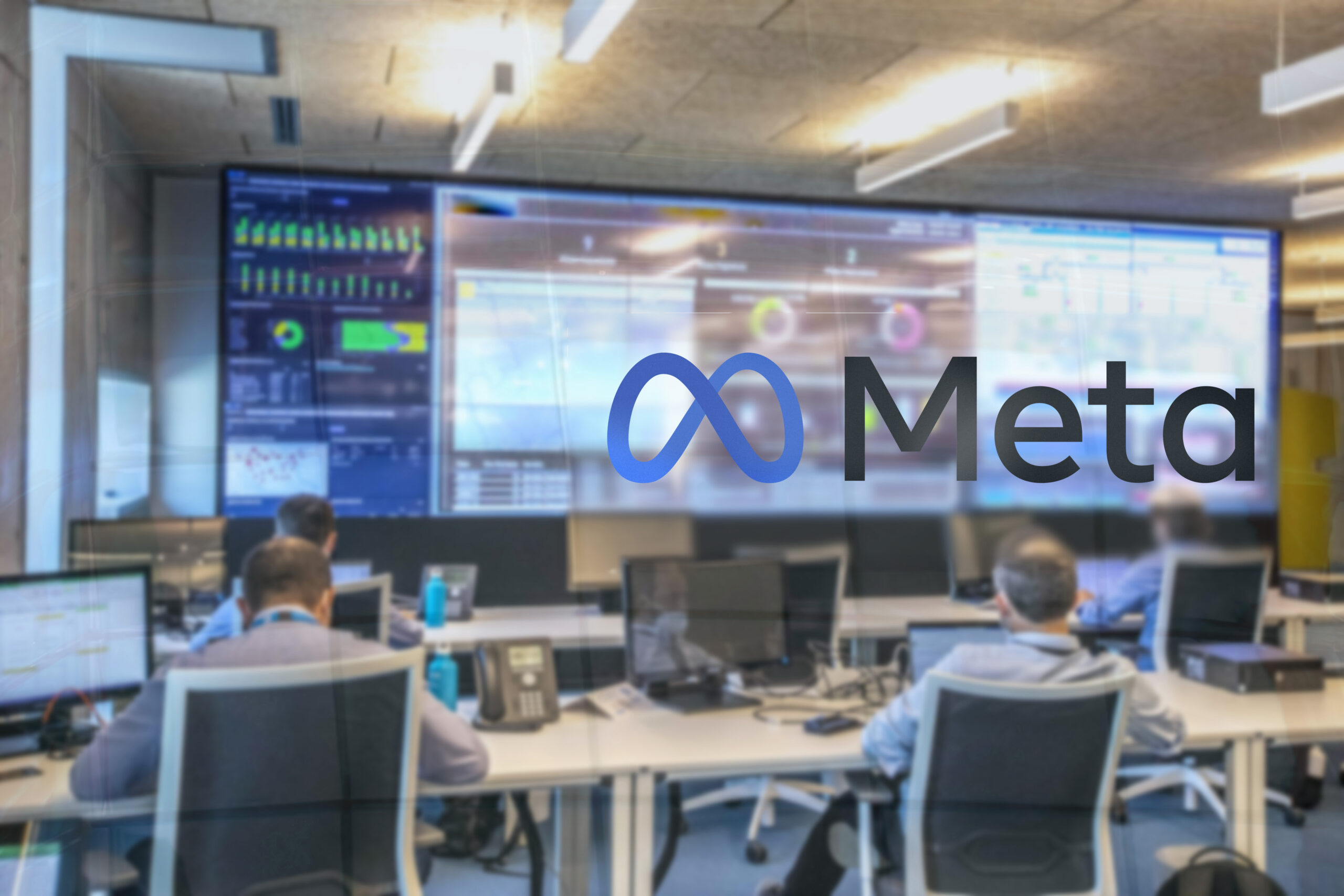What Meta does with geothermal energy for data centers

Meta needs clean and constant electricity to power its data centers: for this reason Zuckerberg's company has entered into an agreement for the development of a large geothermal energy project. All the details
Meta Platforms, Facebook's parent company, has reached an agreement with US geothermal energy company Sage Geosystems to develop a 150-megawatt project to power its data centers.
Not much is known about the project, except that it should come into operation in 2027, that it will be located in an area east of the Rocky Mountains and that it will produce an amount of electricity capable of satisfying the needs of 40,000 homes; Sage also will not directly supply power to a data center, but rather to the electricity grid.
THE ENERGY PROBLEM OF DATA CENTERS
Data centers are very energy-intensive structures that require a continuous supply of electricity – twenty-four hours a day, every day – which wind and photovoltaic systems are unable to guarantee; but data centers will necessarily have to be powered by clean sources, otherwise the technology companies that manage them will not be able to meet their commitments to reduce emissions.
– Read also: Why Amazon (and not only) is focusing on nuclear power for artificial intelligence
Today data centers account for 4 percent of all electricity consumed in states and by 2030 they could reach 9 percent, according to forecasts by the Electric Power Research Institute. Joe Biden's administration has set itself the goal of decarbonizing the US electricity grid by 2035; currently the country is the second largest emitter of CO2 in the world, preceded by China .
WHY META FOCUSES ON GEOTHERMAL ENERGY?
Meta's interest in geothermal energy is explained by the characteristics of this source, which is also renewable, which exploits the water and vapors coming from the heat sources in the Earth's subsoil to produce electricity (and heat) continuously and with zero emissions. of greenhouse gases.
SAGE'S NEW TECHNOLOGIES
However, geothermal energy is not a particularly used source due above all to the constraints on access to the resource: that is, traditional techniques allow the exploitation only of underground heat reserves located near the surface, and there are not many sites with the characteristics suitable geological ones. Sage Geosystems – based in Houston, Texas – uses new technologies that allow it to reach resources located at great depths, significantly expanding the number of exploitable areas.
Sage Geosystems' technologies are very similar to those used for fracking , or hydraulic fracturing, which consists of drilling particular types of underground rocks and fracturing them by introducing water, in order to release oil and natural gas that they contain.
WHO FINANCES THE STARTUP
Several Sage executives come from the British oil company Shell and the startup – founded four years ago – is backed by companies in the oil & gas sector such as Chesapeake Energy and Nabors Industries, as well as by the venture capital funds Helium-3 Ventures and Virya.
Beyond Meta, Sage is working on a few projects with the US Department of Defense.
GOOGLE ALSO FOCUSES ON GEOTHERMAL
Mark Zuckerberg's is not the only "Big Tech" to have focused on the "new" geothermal energy: Google has already been collaborating for some time with another Texan geothermal startup, Fervo Energy, which manages a 5 MW plant in Nevada. The two companies recently agreed to increase energy supply in the years to come.
Fervo is also building a 400 MW geothermal power plant in Utah that will sell electricity to distributors in Southern California: it is expected to come online in 2026.
This is a machine translation from Italian language of a post published on Start Magazine at the URL https://www.startmag.it/energia/meta-energia-geotermica-centri-dati/ on Sun, 01 Sep 2024 05:00:37 +0000.
